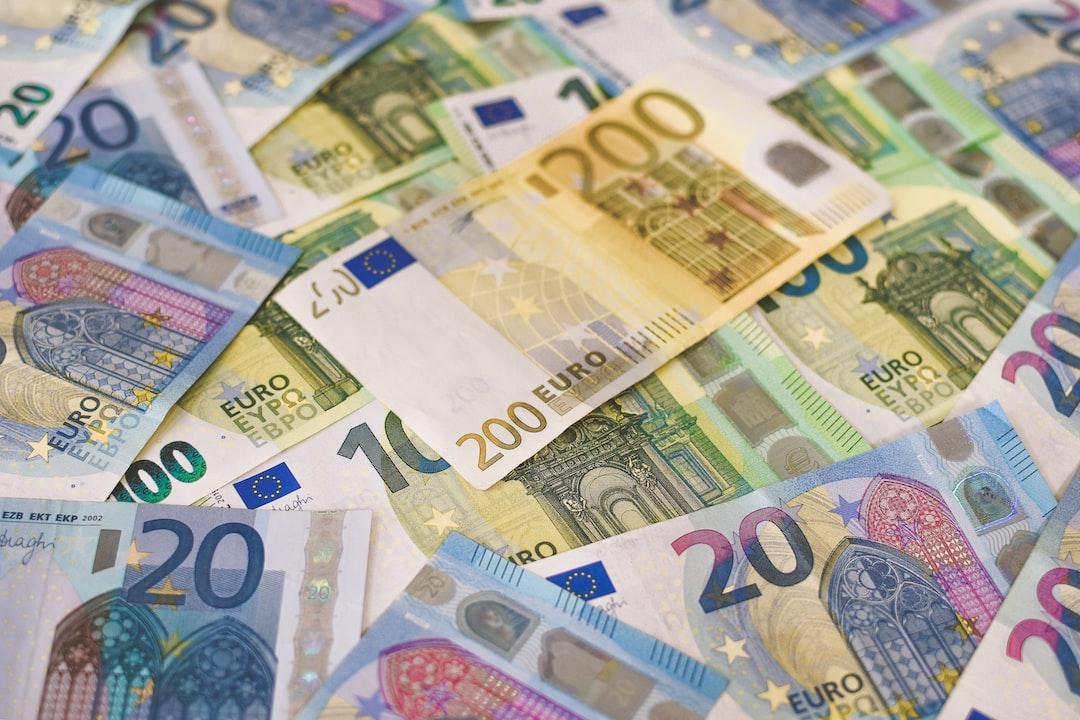The Elliott Wave Theory is a forecasting model that predicts price movements in various markets, enabling investors to adapt their trading strategies based on historical trends.
What is the Elliott Wave Theory?
Created by accountant Ralph Nelson Elliott in 1934, the Elliott Wave Theory is a price prediction model based on a pattern Elliott observed while studying stock market price history. He discovered that price movements follow up-and-down waves, grouped into sets of five and three. The first set of five waves results in an upward trend:
– Wave one: Establishes a new trend by moving upwards (known as an impulse wave).
– Wave two: Corrects against the trend by moving downwards (a corrective wave).
– Wave three: Moves higher than before in line with the trend.
– Wave four: Corrects against the trend set by wave three.
– Wave five: Reaches a new peak.

The price peaks at the end of this set of five waves and begins to decline, leading to a downward trend consisting of three waves:
– Wave one: Corrects against the trend.
– Wave two: Retraces some of the losses from wave one.
– Wave three: Corrects against the trend.
According to the Elliott Wave Theory, this eight-wave cycle will repeat, transitioning back into five waves and then three waves, and so on. Additionally, the theory states that the second set of waves will never drop below the lowest point of the initial five waves, suggesting a continuous long-term rise in prices unless unforeseen events occur.
Elliott asserts that these market cycles are visible across various time frames, from short-term trading periods to longer intervals like weeks.
How to Utilize the Elliott Wave Theory in Crypto Trading
When applying the Elliott Wave Theory to crypto trading, it’s essential to recognize that patterns may not always perfectly align with Elliott’s theory. However, by following a few guidelines, traders can better visualize trading patterns:
– Wave two should never fully retrace wave one’s gains.
– Wave three is typically higher than wave one and should not be the shortest of waves one, three, and five.
– Wave four should be equal to or lower than wave one to avoid complete retracement.
By adhering to these rules, investors can confidently analyze crypto trading charts. Here’s how the theory can be implemented visually:
– Identify whether the primary trend consists of bullish or bearish waves.
– Label the waves to visualize patterns.
– Use additional indicators like the Relative Strength Index (RSI) and the Elliott Wave Oscillator to enhance wave analysis.
It’s worth noting that waves can vary in duration, from days to years, with the length of these waves referred to as wave degrees.

The chart above depicts an Elliott Wave analysis of Bitcoin’s price movement from October 2022 to April 2023. It indicates a significant bullish trend during this period. However, caution is advised due to divergence and momentum reversal indicators, along with irregular corrections in wave four, which could signal a potential weakening or reversal of the bullish trend. It’s important to remember that Elliott Wave Theory is a subjective form of technical analysis, and interpretations may differ.
What Fuels Wave Trends in Trading?
Trading activities are often driven by emotions rather than logic, making emotion a crucial factor in wave analysis. Predicting all reasons behind trader activity is impossible, but Elliott integrated trader sentiment into his theory, breaking it down by wave:
– Wave one: Initial investors contribute to a rising price, attracting more investors.
– Wave two: Early investors sell for a profit, while newer investors view this as a correction.
– Wave three: Opportunists enter as the price remains higher than at wave one, potentially triggering a positive news cycle.
– Wave four: Some investors sell off, but the activity doesn’t deter others.
– Wave five: Fear of missing out leads to increased investor participation.
As the wave peaks, corrective waves follow:
– Wave one: The peak prompts a sell-off.
– Wave two: Some traders remain hopeful for a correction.
– Wave three: Panic selling begins, driving prices down sharply.
Various psychological factors influence trader behavior, with tools like the Crypto Greed and Fear Index tracking these sentiments through different metrics.
Applying Fibonacci Ratios to Elliott Wave Theory in Crypto Trading
The combination of Fibonacci ratios with the Elliott Wave Theory is common in forecasting market trends in the crypto space. While manually applying the Elliott Wave Theory is effective, incorporating Fibonacci ratios enhances technical analysis:
– Fibonacci ratios derive from the Fibonacci sequence, commonly used to identify trends.
– Common ratios in crypto trading are 23.6%, 38.2%, 50%, 61.8%, and extensions like 161.8%, 261.8%, and 423.6%.
– Applying these ratios to uptrends in Elliott Wave Theory involves predicting price movements based on percentage retracements and extensions.

For instance, if Bitcoin rises from $70,000 to $75,000 in wave one, traders can use Fibonacci ratios to anticipate potential price levels in subsequent waves. By understanding how these ratios interact with wave patterns, traders can make more informed decisions.
Risks Associated with Using Elliott Wave Theory in Crypto
While Elliott Wave Theory offers valuable insights into market dynamics and price movements in crypto trading, several risks should be considered:
– Subjectivity in wave counting can lead to conflicting interpretations and inaccurate forecasts.
– The complexity and learning curve of Elliott Wave Theory may challenge inexperienced traders.
– Confirmation bias and overreliance on Elliott wave analysis could skew trading decisions.
– Vulnerability to market volatility may impact the predictability of wave patterns.
– Limited predictive accuracy means Elliott Wave Theory may not always align with market dynamics.
Traders should use Elliott Wave Theory cautiously, combining it with other technical indicators and fundamental analysis to mitigate risks and enhance their trading strategies.

